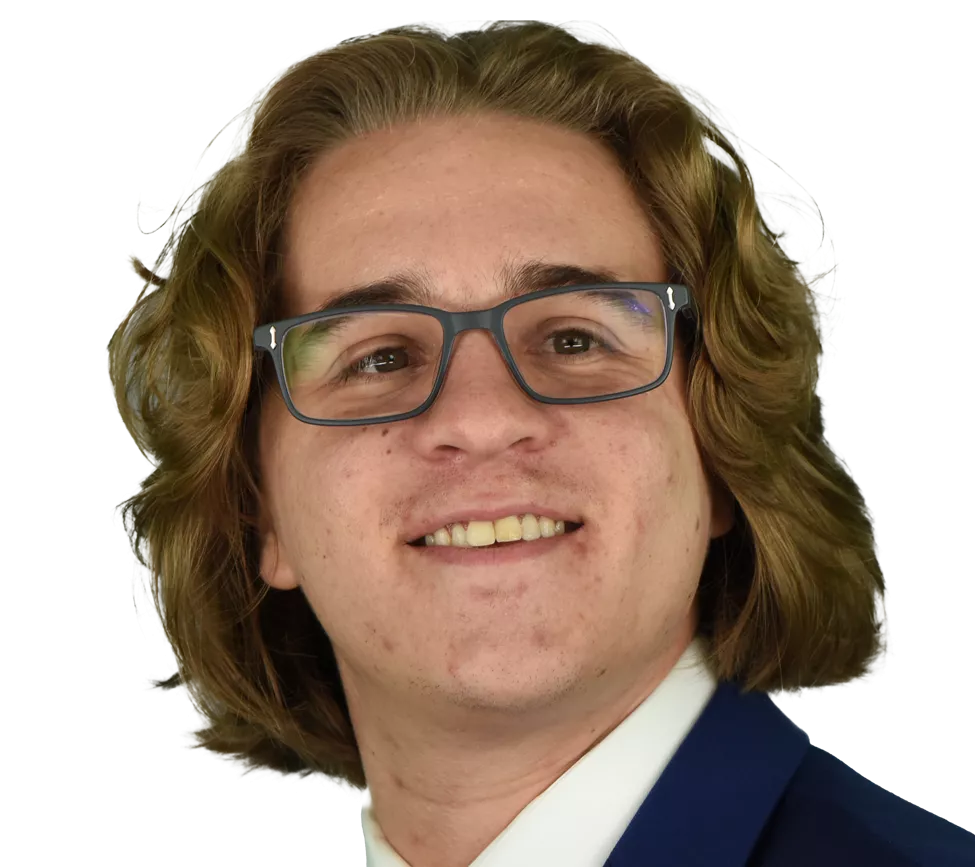

- Ph.D., Biomedical Engineering, University of Massachusetts, Amherst, 2023
- B.S., Mechanical Engineering, California Polytechnic State University, SLO, 2017
Dr. Fuller's expertise is in tissue mechanics and injury biomechanics. His work combines experimental and computational techniques to understand how tissue morphology and biological structures, and the resulting mechanical properties, influence loading characteristics, energy management, and injury potential. Dr. Fuller utilizes his skills and expertise to evaluate injury mechanics and potential in various incidents including motor vehicle collisions, accidental injury reconstruction, and fall events.
Dr. Fuller has extensive experience using mechanical testing systems (MTS), dynamic mechanical analysis (DMA), light microscopy, and scanning electron microscopy (SEM) to characterize biological tissues and structures. These skills are supplemented by hands-on experience in the design and fabrication of custom test fixtures for simulating relevant loading conditions. He has also developed computational models to understand how the architectural parameters of biological tissue influence local stress-strain distributions, energy absorption, and failure potential. By using experimentation and computational modeling, Dr. Fuller takes a broad approach to understanding the underlying conditions of tissue failures and resulting injuries.
Prior to joining Exponent, Dr. Fuller was a Graduate Research Assistant in the Donahue Research Lab at UMass Amherst. His research focused on how the materials and structures of bighorn sheep horns contribute to energy absorption and brain injury mitigation during head-butting. This included experimental characterization of the horn and horncore material properties and computational modeling of the trabecular-like lattice architecture within the horncore. This work led to additional studies aimed at developing bioinspired lattice architectures to provide lightweight solutions for high-performance energy absorption applications, such as improved helmet foams for concussion prevention in humans.